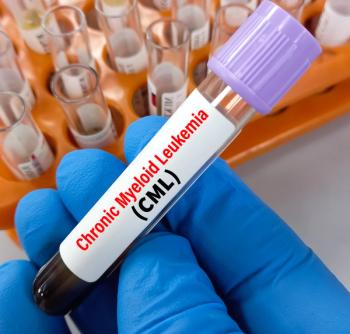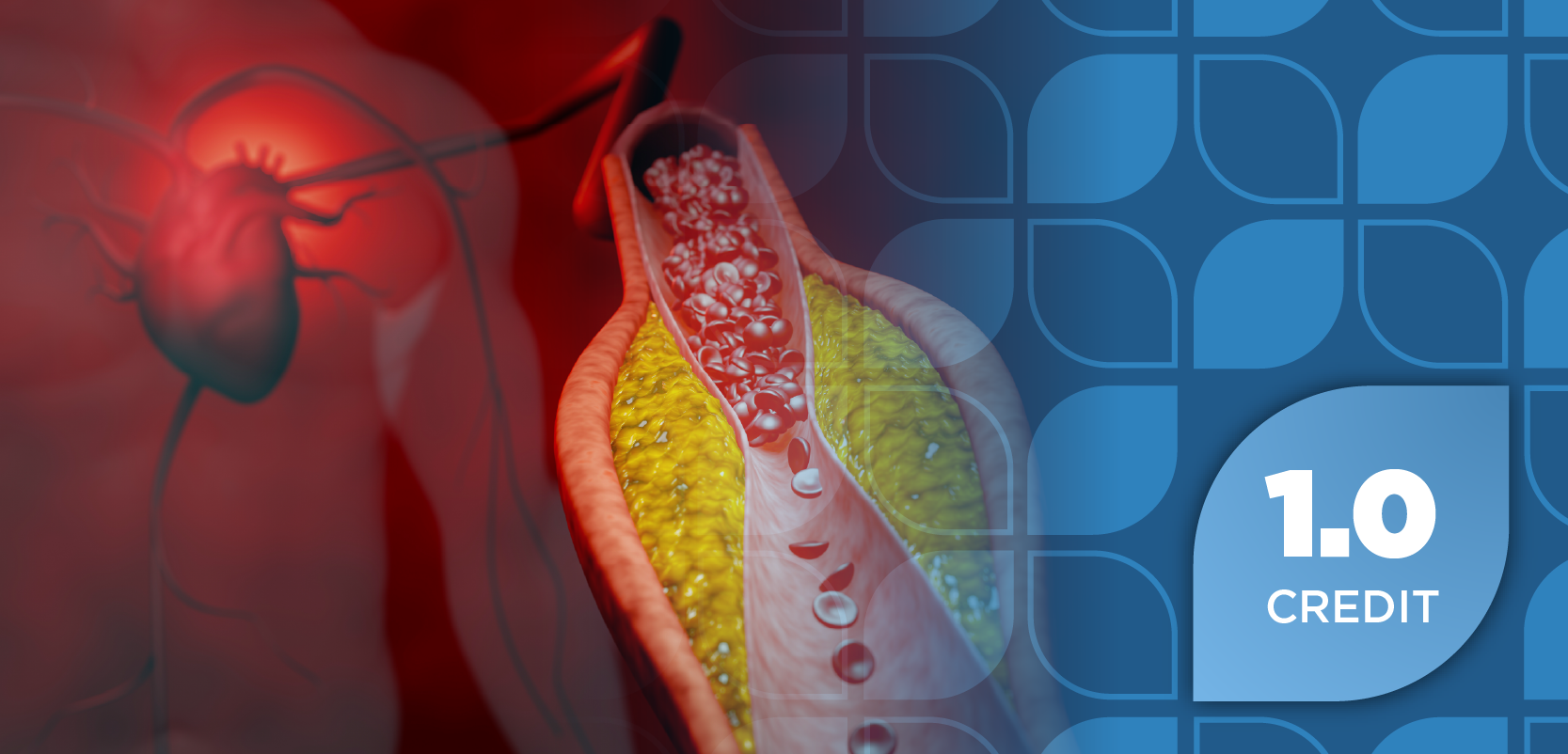
- June 2013
- Volume 17
- Issue 1
OTC Medication Safety
Medications that are indicated for self-treatment are regulated by the FDA’s Center for Drug Evaluation and Research. These agents fall into 3 general categories, including nonprescription medications, nutritional supplements, and natural/ homeopathic remedies.1,2 Each year, new products or former prescription drugs are approved by the FDA for nonprescription use and join the host of nonprescription drugs currently on the market.
Americans spent more than $23 billion on nonprescription medications in 2010.1 Currently an estimated 35% of Americans use nonprescription drugs on a regular basis and this percentage is increasing annually.3 Results from a survey report that 73% of those surveyed would prefer to self-treat with nonprescription drugs rather than visit a physician, and more than 87% say that they believe these agents are safe and effective when used as directed.2
Although these OTC products are easily accessible to the general public, it is important for consumers to be educated about their safe use, potential drug interactions, and contraindications, as well as the potential risks if not properly used. Millions of patients annually elect to self-treat common mild to moderate ailments with the various prescription drugs available on the market. Currently there are more than 80 therapeutic categories of nonprescription drugs, which can be narrowed to 12 therapeutic categories.2,3 According to the Consumer Healthcare Products Association (CHPA), more than 100,000 OTC products are currently on the market.4 Studies have shown that individuals over the age of 65 years account for up to 40% of nonprescription drug use, and this patient population is more likely to be susceptible to potential drug interactions and contraindications since they are more likely to be taking prescription medications as well.5-7
Pharmacists can provide consumers with the essential information needed to make proper selections when choosing nonprescription products. They can encourage patients to thoroughly read the labels of nonprescription products and always ask questions if patients are uncertain about the selection of and proper use of these products. It is important that consumers consult pharmacists when in doubt to ensure that they are properly educated about the appropriate use of these OTC products and to decrease the potential for medication errors.
Most Common OTCs
A study conducted in 2011 reports that the most commonly utilized nonprescription drugs include analgesics, allergy medications, heartburn medications, and cough, cold, and flu medications.2,3 Use of multiple ingredient combination products increases the risk of therapeutic duplications and /or unnecessary drug use. For example, many cough/ cold and allergy products contain multiple ingredients that may not be needed by patients— or the patient may be unaware that one of the active ingredients is in another medication they are taking, thus increasing the potential for toxicity.2
As the number of nonprescription drugs on the market continues to increase and the FDA continues to approve more prescription drugs for nonprescription status, the potential for drug interactions increases as well. According to the CHPA, since 1976 a total of 107 ingredients, indications, or dosage strengths have transitioned from prescription to nonprescription status, and drugs are added annually.9 A list of these ingredients can be found at
The FDA has implemented various patient education programs to increase awareness about the safe use of prescription medications. These resources can be found on the FDA website at
While it is impractical for pharmacists to counsel every patient who utilizes a nonprescription product, pharmacists are an essential resource for their patients regarding the selection and proper use of these agents. Pharmacists should also seize every opportunity to educate the patients about the importance of using nonprescription drugs safely and wisely. Proper selection of nonprescription drugs is important for all patients, but it is particularly critical for individuals of advanced age, pregnant/lactating women, individuals with preexisting medical conditions (such as diabetes), the pediatric population, and those currently using prescription drugs. These patient populations should always consult a health care professional before using a nonprescription product to avoid possible contraindications, drug—drug interactions, food– drug interactions, drug–alcohol interactions, and/or dosing errors.
Pharmacists are a patient’s best resource and should assess the patient’s symptoms/condition to ascertain if self-treatment is appropriate or if medical treatment is warranted. Prior to recommending any OTC drug, pharmacists should evaluate the patient’s medical and medication profile, as well as evaluate for potential allergies. Patients using multiple nonprescription products should be reminded to always check the active ingredients of these products to avoid possible therapeutic duplications and potential toxicities. When used correctly, nonprescription products are safe and effective in treating a variety of common ailments. Recommendations from pharmacists will enable patients to make safe and informed decisions regarding their health and the use of these nonprescription products.
References
1. Consumer Health- United States. Euromonitor International: Market Insight February 2011.
2. Henderson M. Self care and nonprescription pharmacotherapy. In: Krinsky D, Berardi R, Ferreri S, et al, eds. Handbook of Nonprescription Drugs. 17th ed. Washington, DC: American Pharmacists Association; 2012.
3. Over the counter medications: use in general and special populations, therapeutic errors, misuse, storage and disposal. American College of Preventative Medicine website. http://c.ymcdn.com/sites/www.acpm.org/resource/resmgr/timetools-files/otcmedsclinicalreference.pdf.
4. Brown L, Isetts B. Patient Assessment and Consultation. In: Krinsky D, Berardi R, Ferreri S, et al, eds. Handbook of Nonprescription Drugs. 17th ed. Washington, DC: American Pharmacists Association; 2012.
5. Glaser J, Rolita L. Educating the older adult in over the counter medication use. Medscape website. www.medscape.com/viewarticle/705665.
6. Oxytrol for women patch. Watson Pharma Inc website. www.oxytrolforwomen.com/.
7. Jackson Allen P, Simenson S. Management of common cold symptoms with over-the-counter medications: clearing the confusion. Postgrad Med. 2013;125(1):73-81.
8. Harris Interactive/National Council on Patient Information and Education (NCPIE). Attitudes and beliefs about the use of over-the-counter medicines: a dose of reality. www.bemedwise.org/survey/final_survey.pdf. Published January 2002.
9. FAQs about RX-to OTC switch. Consumer Healthcare Products Association website. www.chpa-info.org/scienceregulatory/FAQs_Switch.aspx#4.
About the Author
Ms. Terrie is a clinical pharmacy writer based in Haymarket, Virginia.
Articles in this issue
over 12 years ago
Pain Control: Using Nonprescription Analgesicsover 12 years ago
US-Born Children Have More Asthma, Allergies Than Immigrant Peersover 12 years ago
Finding Effective Relief for Constipationover 12 years ago
Multiple Factors Linked to Readmission After GI Surgeryover 12 years ago
Case Studies in Self-Careover 12 years ago
Multivitamin/Multimineral Supplement Useover 12 years ago
Acetaminophen Helps Death Fearsover 12 years ago
2012-2013 The Medical Year in Reviewover 12 years ago
Pharmacy Times: Leading the Wayover 12 years ago
Activity Helps Hot Flashes & Night SweatsNewsletter
Stay informed on drug updates, treatment guidelines, and pharmacy practice trends—subscribe to Pharmacy Times for weekly clinical insights.





















































































































































































































